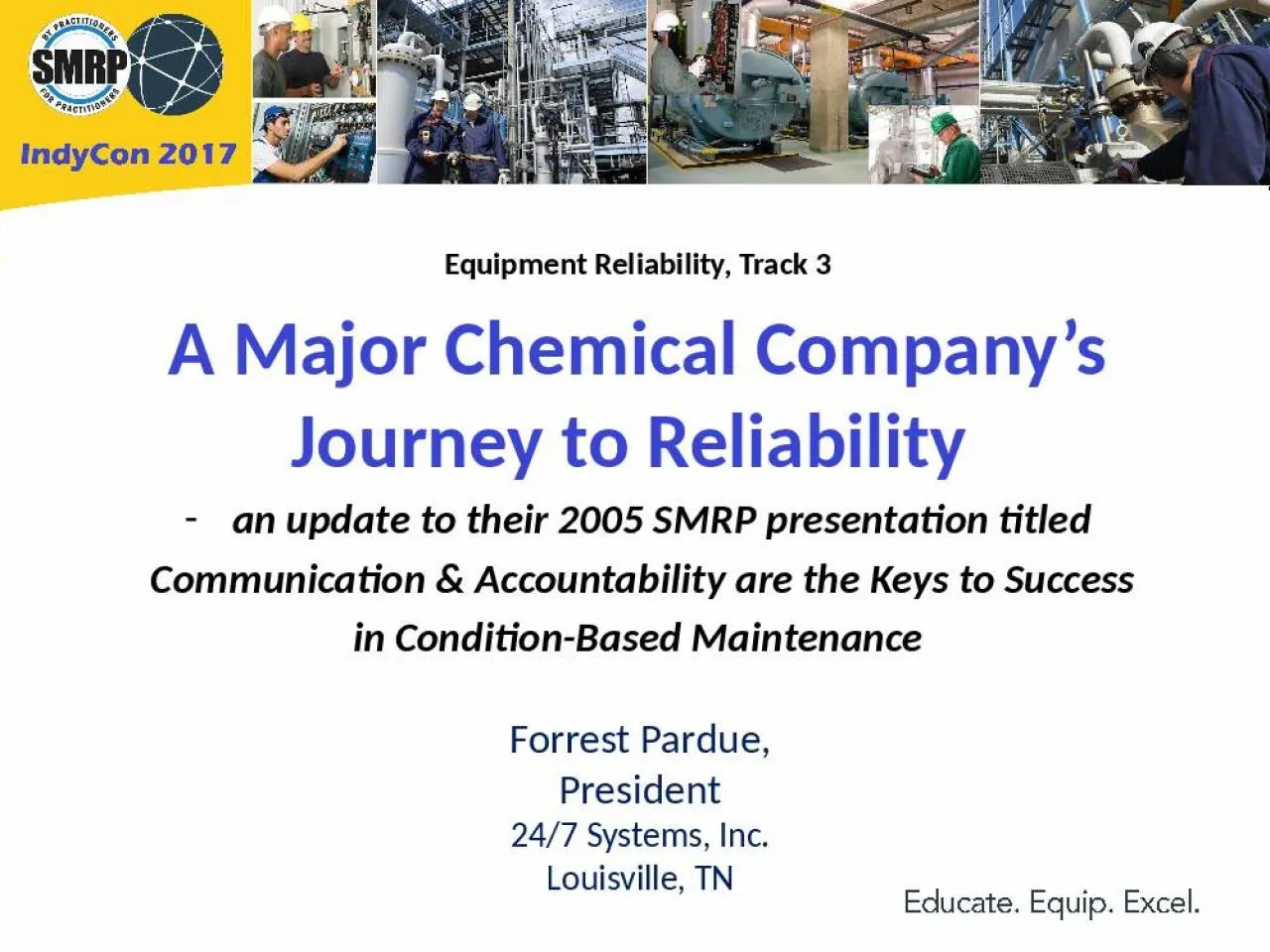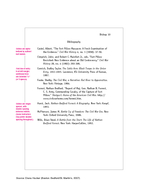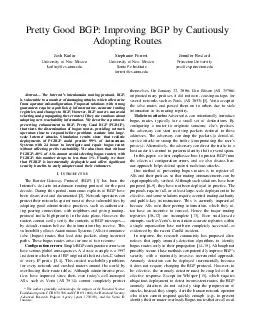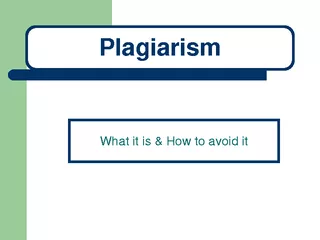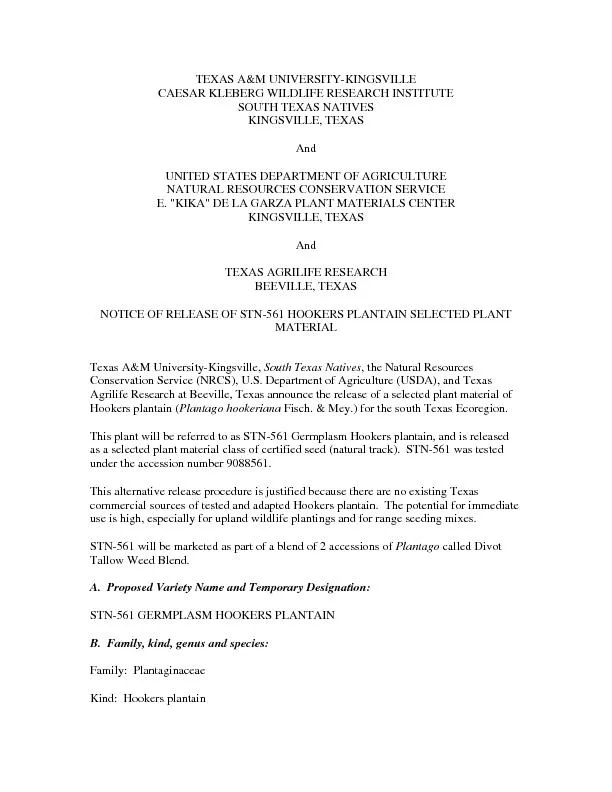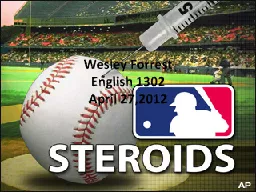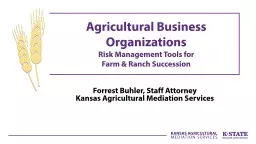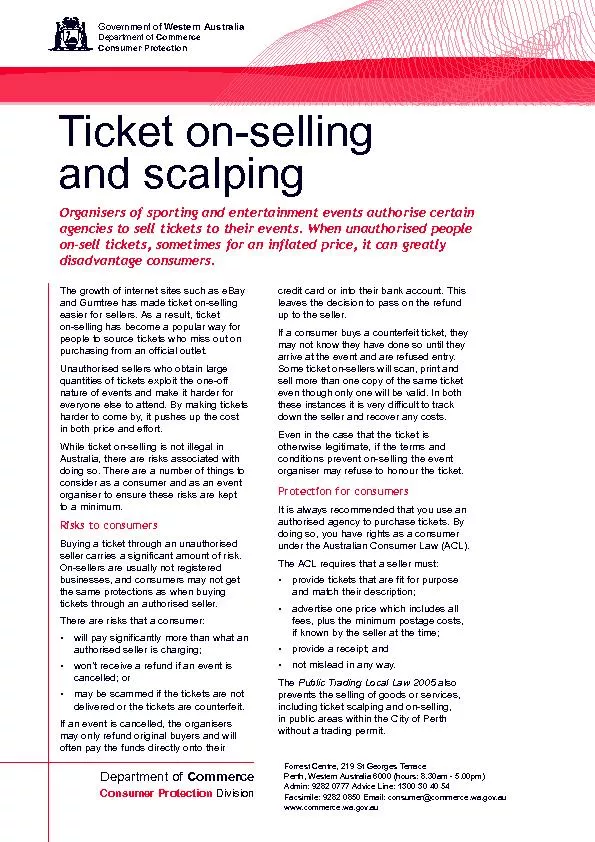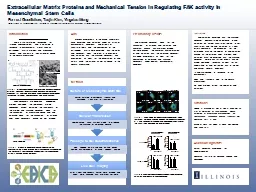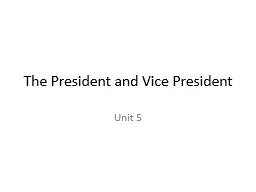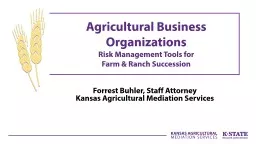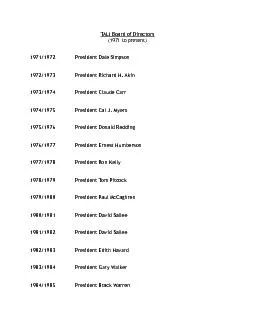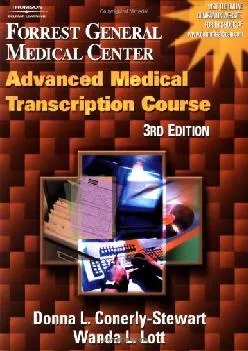PPT-Forrest Pardue, President
Author : ava | Published Date : 2022-05-17
247 Systems Inc Louisville TN Equipment Reliability Track 3 A Major Chemical Companys Journey to Reliability an update to their 2005 SMRP presentation titled Communication
Presentation Embed Code
Download Presentation
Download Presentation The PPT/PDF document "Forrest Pardue, President" is the property of its rightful owner. Permission is granted to download and print the materials on this website for personal, non-commercial use only, and to display it on your personal computer provided you do not modify the materials and that you retain all copyright notices contained in the materials. By downloading content from our website, you accept the terms of this agreement.
Forrest Pardue, President: Transcript
Download Rules Of Document
"Forrest Pardue, President"The content belongs to its owner. You may download and print it for personal use, without modification, and keep all copyright notices. By downloading, you agree to these terms.
Related Documents

